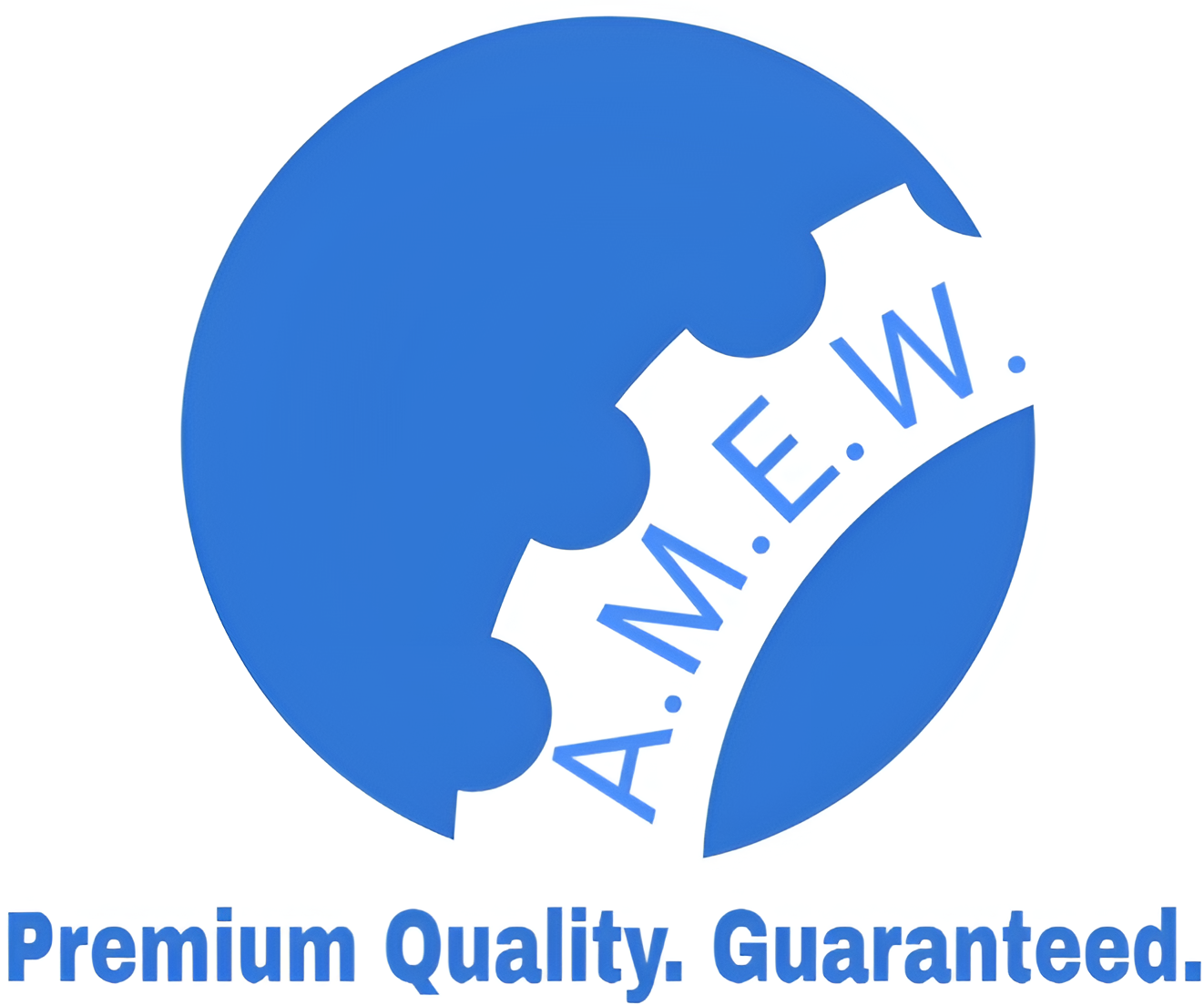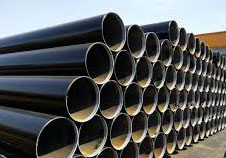Description
Wall Thickness of API 5L X42 Pipe
Table of Contents:
- Introduction to API 5L X42 Pipes
- What is API 5L X42 Pipe?
- Wall Thickness of API 5L X42 Pipe
- Applications of API 5L X42 Pipes
- Nominal Outer Diameter of API 5L X42 Pipe
- API 5L X42 PSL1 vs PSL2
- Quality and Standards
- Certification Requirements
- Mechanical Properties and Testing
1. Introduction to API 5L X42 Pipes
The API 5L X42 pipe is a widely used carbon steel pipe produced according to the standards set by the American Petroleum Institute (API). These pipes are designed for the transportation of petroleum products, oil, and gas, and are available in both seamless and welded forms. With years of experience as a pipe supplier, I can help clarify the specifications and usage of API 5L X42 pipes in various industries.
2. What is API 5L X42 Pipe?
The API 5L X42 is a carbon steel pipe classified under Grade X42, meaning it has a minimum yield strength of 42,000 psi. These pipes are versatile, with applications ranging from oil and gas transport to power generation and infrastructure. The pipe is manufactured in two distinct product specification levels, PSL1 and PSL2, which differ in terms of quality and testing requirements.
3. Wall Thickness of API 5L X42 Pipe
The wall thickness of an API 5L X42 pipe varies depending on the specific application requirements and the pipe size. Generally, the wall thickness can go up to 250 mm, making it suitable for applications that require high pressure and temperature resistance.
The wall thickness range for API 5L X42 pipes varies across different nominal pipe sizes (NPS):
- For smaller sizes like NPS 1/2″ to 3″, the wall thickness may range from 2.77 mm to 9.27 mm.
- For larger diameters, the wall thickness increases significantly, going up to the 250 mm range for specific heavy-duty applications.
This flexibility in wall thickness makes the API 5L X42 pipe suitable for various industrial sectors.
4. Applications of API 5L X42 Pipes
Due to its robust properties, API 5L X42 pipe is ideal for multiple applications, including:
- Oil & Gas Transport: Used in pipelines for transmitting gas, oil, and other petroleum products over long distances.
- Boiler Equipment: Suitable for high-pressure environments in boiler systems.
- Power Generation: Useful in both thermal and nuclear power plants due to its temperature resistance.
- Pressure Vessels: Often used in manufacturing pressure vessels that operate under extreme pressures.
5. Nominal Outer Diameter of API 5L X42 Pipe
The outer diameter (OD) of the API 5L X42 pipe can vary widely based on the application. The nominal pipe sizes (NPS) range from 1/2 inch to 48 inches. This wide diameter range allows API 5L X42 pipes to be used in different pipelines, including those for water, natural gas, and crude oil.
6. API 5L X42 PSL1 vs PSL2
While API 5L X42 pipes come in both PSL1 and PSL2 forms, these two levels differ significantly in quality, testing, and application.
Quality and Standards:
- PSL1: PSL1 is the standard, more common type of API 5L X42 pipe with looser quality specifications.
- PSL2: PSL2 is of higher quality with stricter manufacturing and testing requirements.
Certification Requirements:
- PSL1: Does not require extensive testing and certification.
- PSL2: Requires numerous certifications, including chemical composition tests, mechanical property tests, and notch toughness tests, ensuring it meets higher standards for critical applications.
Mechanical Properties and Testing:
- PSL1: PSL1 pipes have fewer restrictions and do not require impact testing.
- PSL2: PSL2 pipes must meet stricter mechanical properties like yield strength, tensile strength, and toughness. Impact testing is mandatory for PSL2 pipes.






